As the world becomes more health-conscious, the demand for fresh and nutritious ingredients has increased. One of the best ways to incorporate healthy foods into our diet is by cooking with vegetables. Not only are they packed with essential vitamins and minerals, but they also add flavor, texture, and color to any dish. However, with so many different types of vegetables available, it can be overwhelming to choose which ones to cook with. In this article, we will explore six essential vegetables that every home cook should have in their kitchen. From their nutritional benefits to their versatility in cooking, these veggies are sure to elevate your culinary skills.
What Are Six Different Types of Vegetables?
Before we dive into the six essential vegetables, let’s first understand what makes a vegetable. Botanically speaking, a vegetable is any part of a plant that is edible, including roots, stems, leaves, and flowers. However, in culinary terms, vegetables are often classified based on their taste and usage. Here are six different types of vegetables:
- Root Vegetables: These are vegetables that grow underground, such as carrots, potatoes, and radishes. They are usually starchy and have a slightly sweet taste.
- Leafy Greens: As the name suggests, these are vegetables with edible leaves, such as spinach, kale, and lettuce. They are rich in nutrients and have a slightly bitter taste.
- Cruciferous Vegetables: These are vegetables that belong to the cabbage family, such as broccoli, cauliflower, and Brussels sprouts. They are known for their distinctive taste and high nutritional value.
- Allium Vegetables: These are vegetables that belong to the onion family, such as garlic, onions, and leeks. They are known for their pungent flavor and are often used as a base for many dishes.
- Podded Vegetables: These are vegetables that grow in pods, such as peas, beans, and lentils. They are a great source of protein and have a slightly sweet taste.
- Fruit Vegetables: These are vegetables that are technically fruits but are used as vegetables in cooking, such as tomatoes, eggplants, and bell peppers. They are known for their vibrant colors and sweet taste.
Now that we have a better understanding of the different types of vegetables let’s explore six essential veggies that every home cook should have in their kitchen.
Six Different Vegetables to Cook with at Home
1. Carrots
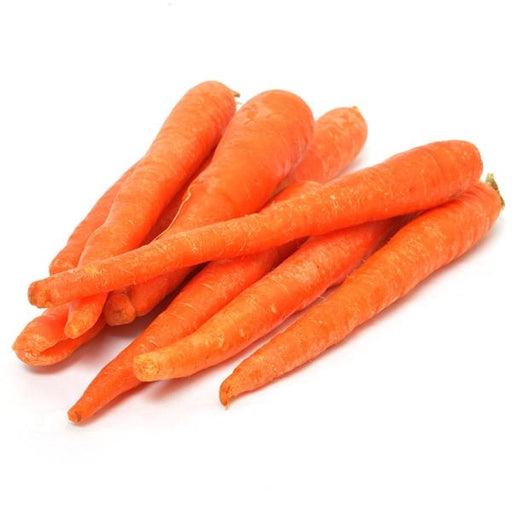
Carrots are one of the most versatile and widely used root vegetables. They are known for their bright orange color and slightly sweet taste. Carrots are packed with essential nutrients such as beta-carotene, fiber, and vitamin K. They are also low in calories, making them a perfect addition to any diet.
Nutritional Benefits of Carrots
| Nutrient | Amount per 100g | % Daily Value |
|---|---|---|
| Calories | 41 | 2% |
| Total Fat | 0.2g | 0% |
| Cholesterol | 0mg | 0% |
| Sodium | 69mg | 3% |
| Potassium | 320mg | 9% |
| Total Carbs | 10g | 3% |
| Dietary Fiber | 2.8g | 11% |
| Sugars | 4.7g | – |
| Protein | 0.9g | 2% |
| Vitamin A | 334% | – |
| Vitamin C | 9% | – |
| Calcium | 3% | – |
| Iron | 1% | – |
Carrots are a great source of beta-carotene, which is converted into vitamin A in the body. Vitamin A is essential for maintaining healthy eyesight and skin. Carrots are also rich in fiber, which aids in digestion and helps keep you feeling full for longer. Additionally, they contain antioxidants that help boost the immune system and protect against chronic diseases.
Cooking with Carrots
Carrots can be used in a variety of dishes, from soups and stews to salads and side dishes. They can be eaten raw, cooked, or even juiced. Here are three delicious ways to cook with carrots:
- Roasted Carrots: Preheat your oven to 400°F. Peel and cut carrots into equal-sized pieces. Toss them in olive oil, salt, pepper, and any other desired seasonings. Roast for 20-25 minutes until tender and slightly caramelized.
- Carrot Soup: In a pot, sauté chopped onions, garlic, and ginger until fragrant. Add chopped carrots, vegetable broth, and your choice of herbs and spices. Simmer until the carrots are soft, then blend until smooth.
- Carrot Cake: Grate carrots and mix them with flour, sugar, eggs, and spices to make a delicious and moist carrot cake. Top it off with cream cheese frosting for a decadent treat.
2. Spinach
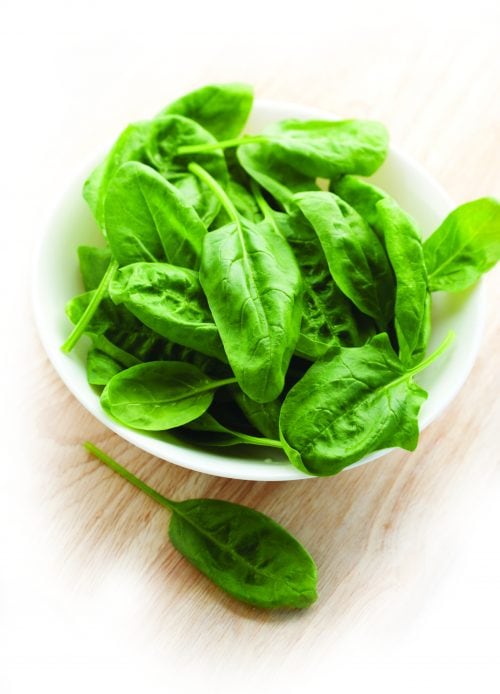
Spinach is a leafy green vegetable that is often referred to as a superfood. It is low in calories and high in essential nutrients such as iron, calcium, and vitamins A and K. Spinach has a mild and slightly bitter taste, making it a versatile ingredient in cooking.
Nutritional Benefits of Spinach
| Nutrient | Amount per 100g | % Daily Value |
|---|---|---|
| Calories | 23 | 1% |
| Total Fat | 0.4g | 1% |
| Cholesterol | 0mg | 0% |
| Sodium | 79mg | 3% |
| Potassium | 558mg | 16% |
| Total Carbs | 3.6g | 1% |
| Dietary Fiber | 2.2g | 9% |
| Sugars | 0.4g | – |
| Protein | 2.9g | 6% |
| Vitamin A | 187% | – |
| Vitamin C | 46% | – |
| Calcium | 10% | – |
| Iron | 21% | – |
Spinach is an excellent source of iron, which is essential for maintaining healthy blood cells and preventing anemia. It also contains high levels of vitamin K, which is crucial for bone health and blood clotting. Spinach is also rich in antioxidants that help protect against chronic diseases.
Cooking with Spinach
Spinach can be eaten raw or cooked, making it a versatile ingredient in the kitchen. Here are three delicious ways to cook with spinach:
- Spinach Salad: Toss fresh spinach leaves with your choice of toppings such as cherry tomatoes, cucumbers, and feta cheese. Drizzle with a homemade vinaigrette for a healthy and refreshing salad.
- Creamed Spinach: In a pan, sauté garlic and onions until fragrant. Add chopped spinach and cook until wilted. Stir in heavy cream, parmesan cheese, and seasonings for a creamy and delicious side dish.
- Spinach and Feta Stuffed Chicken: Butterfly chicken breasts and stuff them with a mixture of spinach, feta cheese, and herbs. Bake in the oven until cooked through for a flavorful and healthy main course.
3. Broccoli
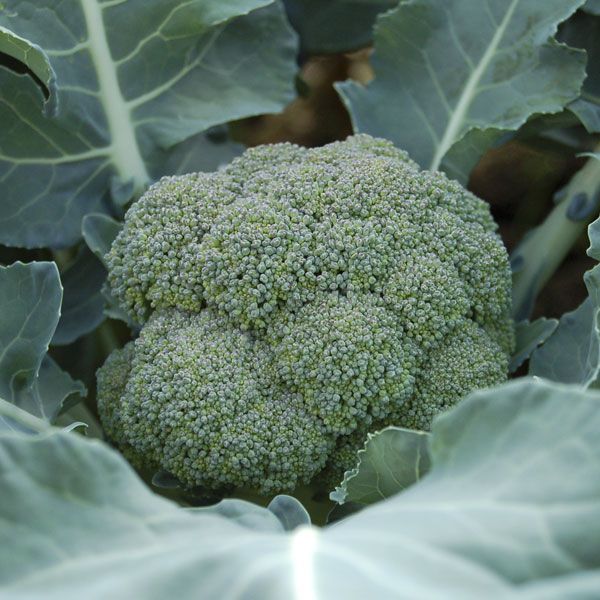
Broccoli is a cruciferous vegetable that is known for its distinctive taste and high nutritional value. It is rich in vitamins C and K, fiber, and antioxidants. Broccoli has a slightly bitter taste, but when cooked correctly, it can be a delicious addition to any dish.
Nutritional Benefits of Broccoli
| Nutrient | Amount per 100g | % Daily Value |
|---|---|---|
| Calories | 34 | 2% |
| Total Fat | 0.4g | 1% |
| Cholesterol | 0mg | 0% |
| Sodium | 33mg | 1% |
| Potassium | 316mg | 9% |
| Total Carbs | 6.6g | 2% |
| Dietary Fiber | 2.6g | 10% |
| Sugars | 1.7g | – |
| Protein | 2.8g | 6% |
| Vitamin A | 12% | – |
| Vitamin C | 89% | – |
| Calcium | 4% | – |
| Iron | 5% | – |
Broccoli is an excellent source of vitamin C, which is essential for boosting the immune system and maintaining healthy skin. It also contains high levels of fiber, which aids in digestion and helps keep you feeling full for longer. Broccoli is also rich in antioxidants that help protect against chronic diseases.
Cooking with Broccoli
Broccoli can be eaten raw or cooked, making it a versatile vegetable in the kitchen. Here are three delicious ways to cook with broccoli:
- Stir-Fried Broccoli: In a pan, stir-fry chopped broccoli with garlic, ginger, and your choice of protein. Add soy sauce, honey, and red pepper flakes for a flavorful and healthy meal.
- Broccoli and Cheddar Soup: In a pot, sauté onions and garlic until fragrant. Add chopped broccoli, chicken broth, and seasonings. Simmer until the broccoli is soft, then blend until smooth. Stir in shredded cheddar cheese for a creamy and comforting soup.
- Roasted Broccoli: Preheat your oven to 425°F. Toss broccoli florets with olive oil, salt, pepper, and any other desired seasonings. Roast for 15-20 minutes until tender and slightly charred.
4. Garlic

Garlic is an allium vegetable that is known for its pungent flavor and numerous health benefits. It has been used for centuries as a natural remedy for various ailments. Garlic is rich in vitamins C and B6, manganese, and antioxidants. It has a strong and distinct taste that adds depth and flavor to any dish.
Nutritional Benefits of Garlic
| Nutrient | Amount per 100g | % Daily Value |
|---|---|---|
| Calories | 149 | 7% |
| Total Fat | 0.5g | 1% |
| Cholesterol | 0mg | 0% |
| Sodium | 17mg | 1% |
| Potassium | 401mg | 11% |
| Total Carbs | 33g | 11% |
| Dietary Fiber | 2.1g | 8% |
| Sugars | 1g | – |
| Protein | 6.4g | 13% |
| Vitamin C | 52% | – |
| Vitamin B6 | 95% | – |
| Calcium | 18% | – |
| Iron | 13% | – |
Garlic is a great source of vitamin C, which is essential for boosting the immune system and maintaining healthy skin. It also contains high levels of vitamin B6, which helps with metabolism and brain function. Garlic is also rich in antioxidants that help protect against chronic diseases.
Cooking with Garlic
Garlic is a staple ingredient in many cuisines around the world. Here are three delicious ways to cook with garlic:
- Garlic Butter Shrimp: In a pan, sauté minced garlic in butter until fragrant. Add shrimp and cook until pink. Serve over pasta or rice for a quick and flavorful meal.
- Roasted Garlic Mashed Potatoes: Roast whole garlic cloves in the oven until soft. Mash them into boiled potatoes with butter, milk, and seasonings for a creamy and garlicky side dish.
- Garlic Bread: Mix minced garlic with softened butter and spread it on sliced bread. Toast in the oven until golden brown for a delicious and aromatic side dish.
5. Peas
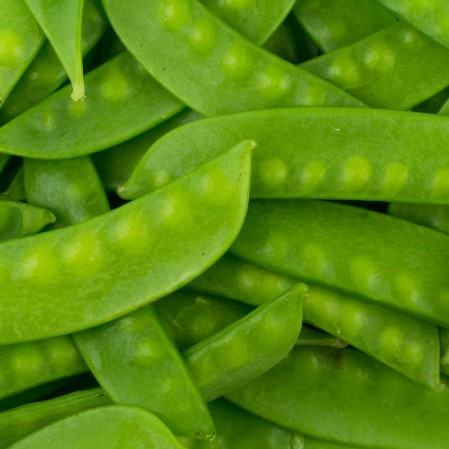
Peas are a podded vegetable that is known for their slightly sweet taste and vibrant green color. They are a great source of protein, fiber, and essential vitamins and minerals. Peas are often used in soups, stews, and salads, but they can also be enjoyed on their own as a side dish.
Nutritional Benefits of Peas
| Nutrient | Amount per 100g | % Daily Value |
|---|---|---|
| Calories | 81 | 4% |
| Total Fat | 0.4g | 1% |
| Cholesterol | 0mg | 0% |
| Sodium | 5mg | 0% |
| Potassium | 244mg | 7% |
| Total Carbs | 14g | 5% |
| Dietary Fiber | 5g | 20% |
| Sugars | 5g | – |
| Protein | 5g | 10% |
| Vitamin A | 11% | – |
| Vitamin C | 48% | – |
| Calcium | 2% | – |
| Iron | 6% | – |
Peas are an excellent source of protein, making them a great option for vegetarians and vegans. They are also rich in fiber, which aids in digestion and helps keep you feeling full for longer. Peas are also a good source of vitamins A and C, which are essential for maintaining healthy skin and boosting the immune system.
Cooking with Peas
Peas can be used in a variety of dishes, from soups and stews to salads and side dishes. Here are three delicious ways to cook with peas:
- Mushroom and Pea Risotto: In a pot, sauté chopped mushrooms, onions, and garlic until soft. Add arborio rice and stir until coated. Slowly add vegetable broth, stirring constantly until the rice is cooked. Stir in frozen peas and parmesan cheese for a creamy and flavorful risotto.
- Pea and Mint Soup: In a pot, sauté chopped onions and garlic until fragrant. Add frozen peas, vegetable broth, and fresh mint leaves. Simmer until the peas are soft, then blend until smooth. Serve with a dollop of yogurt for a refreshing and healthy soup.
- Pea and Bacon Salad: Cook bacon until crispy and chop into small pieces. Toss with cooked peas, cherry tomatoes, and your choice of dressing for a delicious and protein-packed salad.
6. Tomatoes
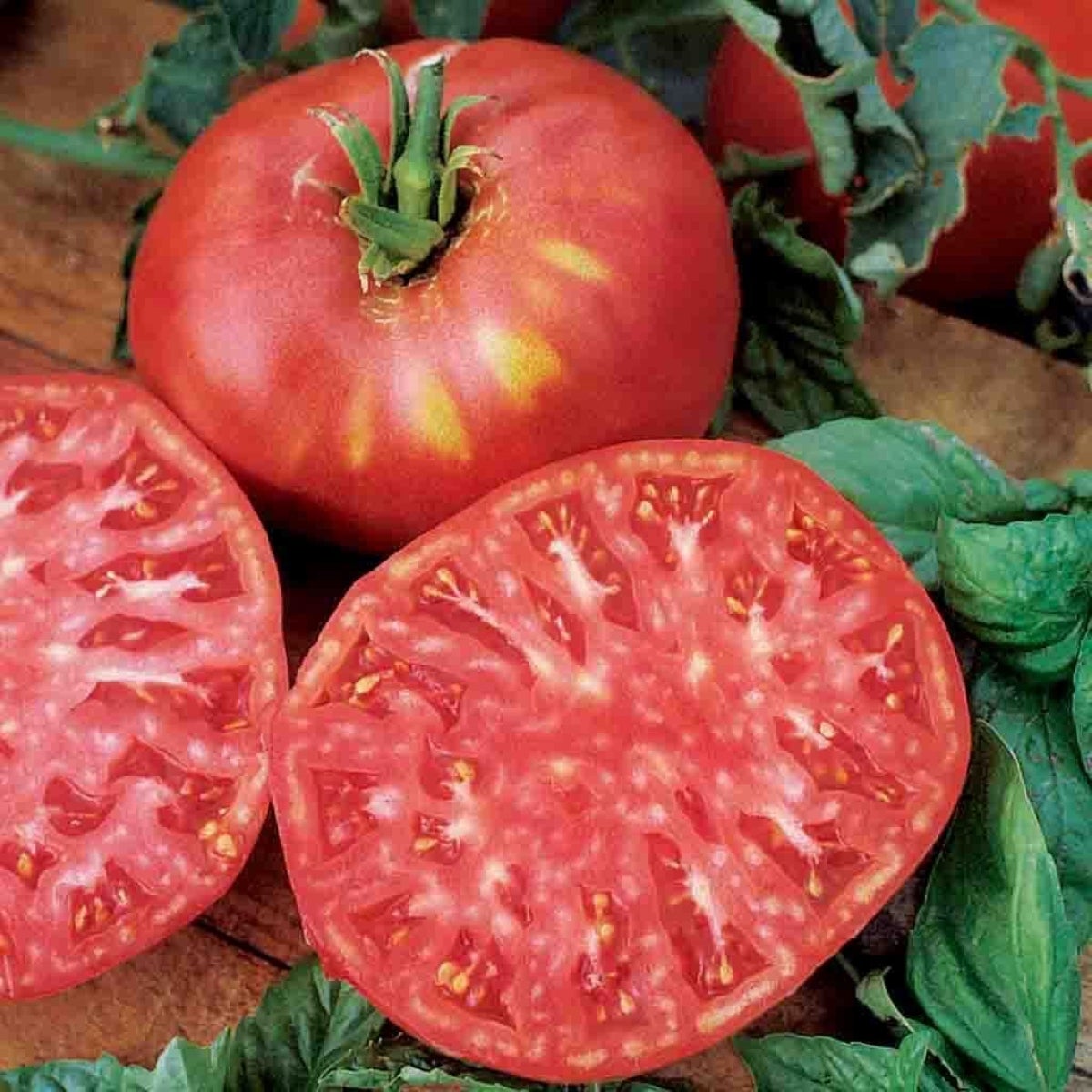
Tomatoes are technically fruits but are often used as vegetables in cooking. They come in a variety of colors, including red, yellow, and green, and have a slightly sweet and tangy taste. Tomatoes are rich in vitamins A and C, potassium, and antioxidants. They are a staple ingredient in many dishes, from sauces and soups to salads and sandwiches.
Nutritional Benefits of Tomatoes
| Nutrient | Amount per 100g | % Daily Value |
|---|---|---|
| Calories | 18 | 1% |
| Total Fat | 0.2g | 0% |
| Cholesterol | 0mg | 0% |
| Sodium | 5mg | 0% |
| Potassium | 237mg | 7% |
| Total Carbs | 3.9g | 1% |
| Dietary Fiber | 1.2g | 5% |
| Sugars | 2.6g | – |
| Protein | 0.9g | 2% |
| Vitamin A | 20% | – |
| Vitamin C | 28% | – |
| Calcium | 1% | – |
| Iron | 1% | – |
Tomatoes are a great source of vitamin C, which is essential for boosting the immune system and maintaining healthy skin. They also contain high levels of potassium, which helps regulate blood pressure and heart health. Tomatoes are also rich in antioxidants that help protect against chronic diseases.
Cooking with Tomatoes
Tomatoes can be used in a variety of dishes, from sauces and soups to salads and sandwiches. Here are three delicious ways to cook with tomatoes:
- Caprese Salad: Layer sliced tomatoes, fresh mozzarella, and basil leaves on a plate. Drizzle with balsamic vinegar and olive oil for a simple and refreshing salad.
- Tomato and Basil Pasta: In a pan, sauté garlic and onions until fragrant. Add chopped tomatoes, tomato sauce, and seasonings. Simmer until the sauce thickens, then toss with cooked pasta and fresh basil for a classic and flavorful dish.
- Tomato and Avocado Toast: Mash avocado onto toasted bread and top with sliced tomatoes, salt, pepper, and a drizzle of olive oil for a quick and healthy breakfast or snack.
The Nutritional Benefits of Six Different Vegetables
As we have seen, each of the six essential vegetables has its own unique nutritional benefits. By incorporating these veggies into your diet, you can reap the following benefits:
- Improved eye health: Carrots and spinach are both excellent sources of vitamin A, which is essential for maintaining healthy eyesight.
- Stronger bones: Broccoli and spinach are rich in vitamin K, which helps build and maintain strong bones.
- Healthy digestion: The fiber in peas and broccoli can aid in digestion and promote a healthy gut.
- Lower risk of chronic diseases: All six vegetables are rich in antioxidants, which help protect against chronic diseases such as heart disease and cancer.
- Improved immune system: The vitamin C in bell peppers and tomatoes can boost the immune system and help fight off illnesses.
- Better heart health: The potassium in all six vegetables can help regulate blood pressure and improve heart health.
Incorporating these vegetables into your meals can not only add delicious flavors and textures but also provide numerous health benefits. So next time you’re at the grocery store, be sure to pick up some carrots, spinach, broccoli, bell peppers, peas, and tomatoes to add to your meals.
Vegetables are an essential part of a healthy and balanced diet. By incorporating a variety of vegetables into your meals, you can reap numerous nutritional benefits and improve your overall health. From crunchy carrots to juicy tomatoes, there are endless ways to cook with these six essential vegetables. So get creative in the kitchen and enjoy the delicious and nutritious benefits of these veggies.


